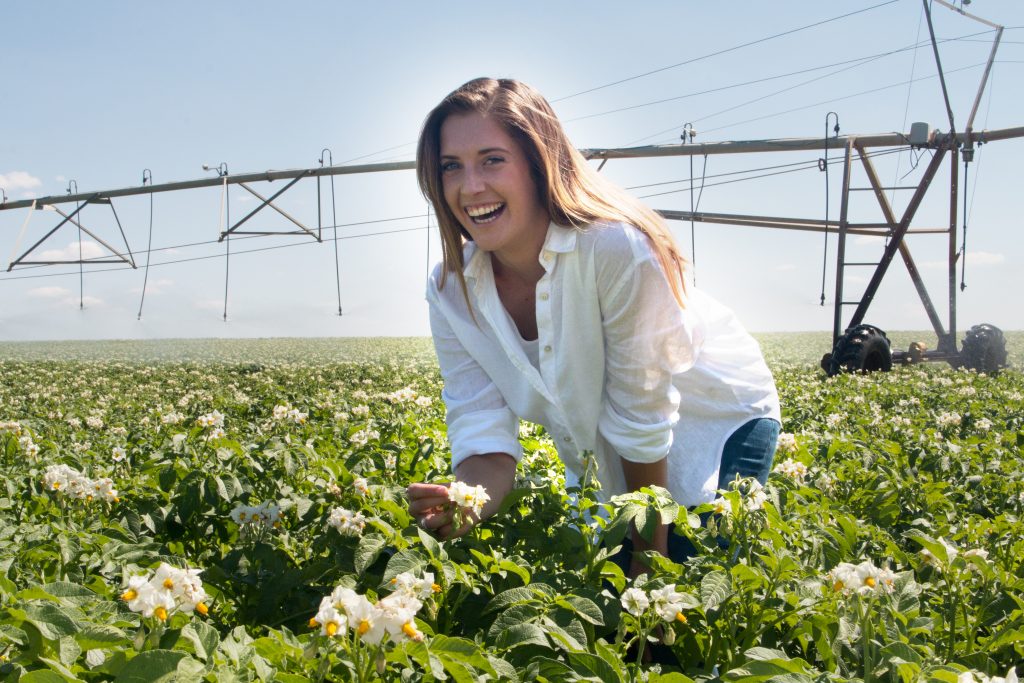It’s that time the agriculture stops worrying about off-farm income. The amount of income earned in a farming family but not made from the farm operation has been discussed often for decades.

The main reason we know about off-farm income is it is measured and reported by Statistics Canada. With about 98 per cent of farms reporting some sort of off-farm income, in the last Census of Agriculture it is an obsolete and vaguely sexist measure. The implication years ago was that if there was off-farm income, the farm wasn’t doing well enough to provide for a whole family unit and as such was a bit of a failure.
That sort of family unit definition relating to employment disappeared about 40 years ago – about the same time as farm households started moving out of poverty and to the point where they now earn about above-average Canadian income.
Most spouses work in different areas of the economy from their partners and Statistics Canada doesn’t record that type of data sector-by-sector.
You don’t hear about off-garage income for mechanics, or off-electrical contractor business income, or off-store income for owners of shoe stores. I expect that data isn’t even collected.
There’s a more recent use of off-farm income that might be worth continuing to understand, but I still don’t think the argument holds. Off-farm income also includes money farmers make working off a farm.
The industry has gyrated for years about this fact, and it is used by farm groups to point to a lack of viability for farms. I think it’s time for us not to worry about whether people’s livelihoods come from a farm or the farm and some other endeavour. The world is much too complex for that. Each farm model is different.
Running a farm that provides a full-time wage is a large endeavour and not everyone has the desire, or especially, the capital, to make that happen. For years that’s been a concern, and the fact that many can’t farm full time should always be a discussion point, but the addition of income by some other means, either by someone in the household, or by the farmer is the norm, not the exception.
Some point to the “good old days” when grandpa worked full time on the farm and grandma did too, when she wasn’t raising the kids. There actually wasn’t a whole lot of good as far as standard of living and income levels.
According to census data the median income reported by Canadian farm households is now 17.3 per cent more than the median recorded by non-farm households, which is a reversal of the data from 50 years ago, when farm households earned 51.2 per cent less than non-farm households.
Much of that increase will have come from off-farm income. That means others connected to the farm – spouses, children and parents – have other interests and other incomes. We could call it the great diversification of farm income. Farmers have also added other endeavours that make them money, which can be because of necessity or interest.
Farmers are also bankers and government employees, but more commonly these days, they do custom work, some machining, manufacturing or woodwork on the side, or run a truck or sprayer for someone else when needed. Amish and Mennonite communities have figured this out, with a whole network of on-farm manufacturing happening throughout rural Ontario.

Diversified income is a healthy business strategy. It creates resilience in many ways for a business. Having an off-farm job is a choice for many people, as it should be for those who wish it. Many work in the sector somewhere, and farm. Many others sell real estate, or have a trade, and farm. Yes, many of them would, in a perfect world, farm full time, but that other job makes the farming stable and possible and has resulted in farm household income that continues to rise.
Even 20 years ago, it was the sign that farming was failing. Now it’s normal.
With 98 per cent of farms now having off-farm income, it’s been a healthy evolution for the sector.








